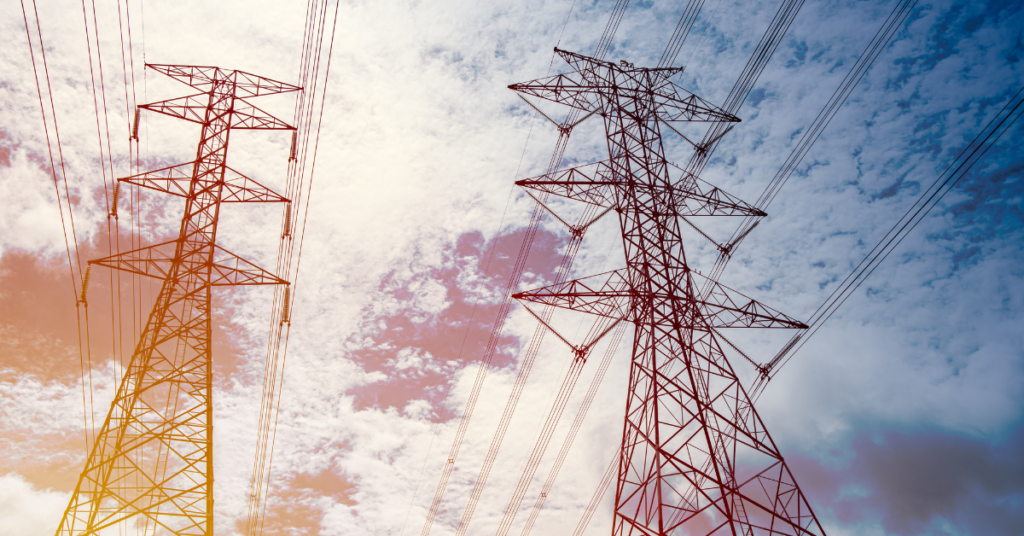Picture this: One moment, you’re binge-watching your favorite show, and the next, you’re plunged into a scene straight out of a horror movie – complete darkness. That’s the full power of power interruptions for many of us!
Our modern lives hinge on the robustness of the electrical grid of power lines, a system we often take for granted until it falters. Without a steady supply of power, our daily routines crumble, our safety is compromised, and economic stability is threatened. Understanding the differences between a brownout and a blackout is vital to effectively navigating the challenges of a power outage.
Understanding Power Grid Interruptions: Brownout vs Blackout
Have you ever wondered what happens when the electrical grid, the unsung hero of our modern lives, decides to take a break from power unexpectedly? Well, our world, accustomed to the constant hum of power, finds itself in a pickle. Whether it’s our daily routines, safety, or economic stability, all hinge on this powerhouse (pun intended).

So, let’s dive into the intriguing world of power interruptions – from the mild annoyance of a brownout to the dramatic pause of a blackout. By understanding the difference between a brownout vs blackout, we’re empowering ourselves and ensuring our resilience in the face of these electrical hiccups.
Power interruptions can range from a mild nuisance—think flickering lights and spotty Wi-Fi—to catastrophic events like a power outage that causes loss of life and economic chaos.
The Northeast Blackout of 2003 is a stark reminder of the potential severity of these situations, affecting approximately 50 million people and costing an estimated $6 billion. Brownouts, while less extreme, can still wreak havoc on sensitive electronic equipment and disrupt critical services. By differentiating between brownouts and blackouts, we can tailor our responses to mitigate their impacts, keeping our homes, businesses, and communities secure and operational.
In this article, we’ll demystify the concepts of brownouts and blackouts, their causes and consequences, and how to prepare for these electrical supply disruptions effectively.
This knowledge empowers us, from city planners to survival enthusiasts, to plan and respond appropriately, ensuring resilience in the face of adversity. Whether you’re a seasoned prepper or just interested in being more informed, this guide will give you the insights to handle a power outage confidently.
What are Brownouts?
The term “brownout” may sound foreign to many, more like a fancy coffee order, but it’s a common occurrence in our power-dependent world.
A brownout is a temporary, partial voltage reduction in total system capacity. Unlike a full-scale power outage, a brownout is typified by a dip in voltage in the electrical power supply. Think of it as the grid taking a slight breather, reducing voltage in our power lines for a while.
This can last anywhere from a few minutes to several hours under voltage condition. Brownouts are typically a controlled response by the local utility company to avert a complete blackout when electricity demand outstrips supply.
Though subtle, the effects of a brownout can have a significant impact. You might observe your lights dimming or appliances not operating at their total capacity. That’s because brownouts include flickering lights, obviously. The voltage drop can cause computers to shut down unexpectedly, leading to potential data loss or hardware damage.
Businesses can take a financial hit due to operational disruptions caused by these unexpected shutdowns.
Brownouts can be especially harmful to sensitive electronic equipment that uses consistent voltage to function correctly.
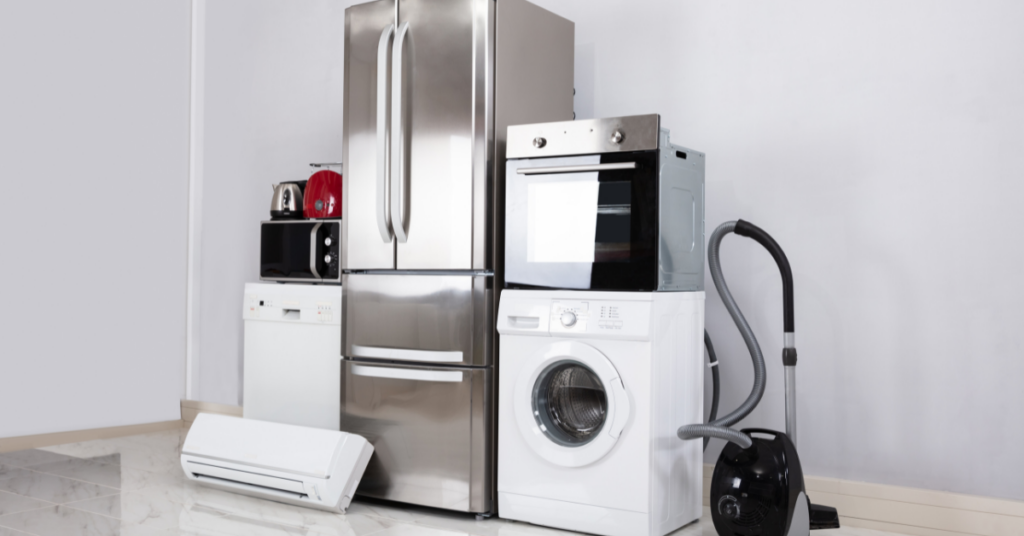
Recognizing the signs of a brownout and understanding its implications are crucial steps in being prepared.
Taking proactive measures like voltage regulators or uninterruptible power supplies (UPS) can protect equipment from electrical brownout-induced fluctuations.
In our increasingly technologically dependent world, understanding and preparing for brownouts is essential to ensure the longevity and reliability of our sensitive electronic devices.
Defining Blackouts: More Than Just Darkness
Admittedly, when I hear the term’ blackout,’ it speaks of a situation more dire than a brownout.
Simply put, during a blackout, the power is at a full stop in the electrical power supply for an area. Unlike brownouts, where there’s a partial electricity supply, blackouts bring everything to a standstill.
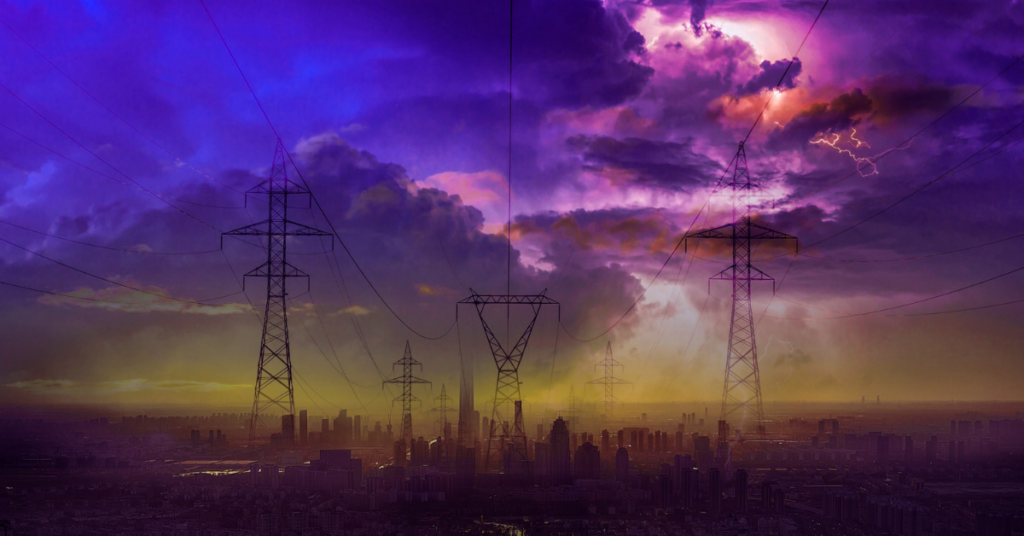
These power outages can strike unexpectedly, and in the blink of an eye, everything comes to a standstill, leaving homes, offices, and cities in the dark, quite literally.
The triggers for blackouts can range from severe weather events or phenomena – hurricanes or ice storms – to something as mundane yet critical as human error or equipment failure within the power grid and it’s power lines.
The aftermath of a blackout is widespread and can have a profound effect.
Personally, it means a loss of lighting, heating or cooling systems, and refrigeration, quickly turning ordinary life into a battle for basic comfort and safety. On a grander scale, blackouts can disrupt transportation, impede communication, and even pose severe health risks due to the dependency of health services on electricity.
The financial repercussions are also significant; according to the U.S. Department of Energy, power outages cost the American economy up to $70 billion annually.
As a writer specializing in emergency preparedness, I cannot emphasize enough the importance of grasping the nature of blackouts and their potential fallout. It’s a stark reminder of our dependency on a stable power supply and underscores the need for comprehensive contingency plans.
For survivalists and preppers, blackouts highlight the indispensability of self-sufficiency and the value of resources like solar generator, solar panels, and emergency supplies.
Brownout vs Blackout: The Key Differences
To really get a grip on these power players, let’s highlight their major difference. A brownout is like your device running on low battery – things work but not at total capacity: Your lights may dimmer and appliances may run slower than usual.

A blackout, on the other hand, is like the battery is dead. No juice, no fun: Brownouts might let you limp along with some gadget use, but blackouts are a complete stop – This means no lights, no power for charging phones, and zero operation of electrical appliances.
Nada.
The duration, causes, and responses to these two vary greatly, and mixing them up could leave you unprepared.
To clarify, A brownout is a voltage drop resulting in a reduction or restriction in the availability power usage of electrical power. In contrast, a blackout is a total loss of power.
So, let’s make sure we know our enemy to strategize effectively.
These events can also vary in duration; brownouts may last a few minutes to a few hours, while blackouts can last indefinitely, potentially even weeks, depending on the severity of the cause.
The reasons behind these power interruptions differ as well. Utility companies often deliberately cause brownouts to manage a strained power grid, while blackouts can result from catastrophic events or failures within the power infrastructure.
Here’s a quick reference comparing the key differences between brownouts and blackouts:
| Brownout | Blackout | |
|---|---|---|
| Definition | Partial reduction in voltage. | Total loss of power. |
| Duration | It can last from minutes to hours. | It can last from hours to days. |
| Impact | It may allow for limited use of electrical devices. | No use of electrical devices is possible. |
| Typical Causes | Often a controlled response to high demand. | Typically caused by unexpected events or failures. |
Not distinguishing between these two can lead to inadequate preparedness and response strategies.
For example, during a brownout, sensitive equipment should be turned off to prevent power loss and damage in power lines, while during a blackout, alternative power sources should be identified immediately.
By understanding the “difference between blackout and brownout,” individuals, businesses, and emergency services can tailor their emergency plans to address the unique challenges posed by each scenario.
Causes and Consequences
In my ongoing exploration of power supply issues, it’s clear that brownouts and blackouts are as different as chalk and cheese.
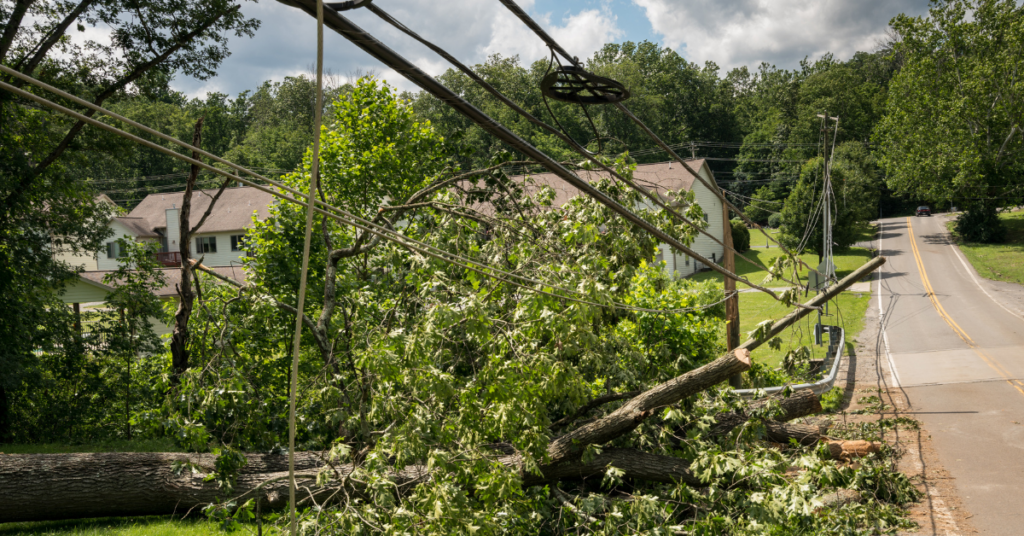
Brownouts are the grid’s way of saying, “Let’s take it down a notch!”. They typically result from intentional actions by power companies to prevent a complete loss in power failure. They lower the voltage supply when electricity demand exceeds supply, especially during peak periods with high power demand when everyone’s cranking up their air conditioners.
In contrast, blackouts are more dramatic and cause a total power shutdown. They are often caused by natural disasters like earthquakes or severe storms that damage the power grid, equipment failures, or the classic human oopsies. Vehicles can be surreptitious saboteurs of the electrical grid. Cars, trucks, and their ilk can wreak havoc on the electrical system; if they collide, we have damaged power lines.
The Impact
From annoying to downright dangerous.
Brownouts can make your appliances sulk, and blackouts can turn life upside down, affecting everything from your Netflix chill time to critical healthcare services.
Blackouts can have even graver consequences, such as public safety risks, transportation stoppages, and critical healthcare service disruptions.
The Costs
It’s like the grid’s version of a pricey shopping spree, with hefty bills for everyone involved. The repercussions of these power disruptions can be far-reaching and expensive. Up to $70 billion annually!
Brownouts may harm sensitive electronic devices not built to operate at low voltage, leading to costly repairs or replacements.
- For households, this can mean spoiled food, disrupted routines, and malfunctioning appliances.
- For businesses, the stakes are higher, with potential productivity loss, data loss, and damage to sensitive equipment.
However, a blackout’s cost to commercial customers can vary widely depending on several factors, including the duration of the blackout, the nature of the business, and the region. It’s important to consider that while average figures can provide a general idea, the actual impact on individual businesses can be significantly different.
Clearly, both brownouts and blackouts can significantly disrupt our modern society.
By understanding the catalysts behind these events, we can better prepare and mitigate their effects. Energy conservation measures can help reduce the likelihood of brownouts while investing in backup power solutions can provide a safety net during blackouts.
For more detailed informations about the Causes of Power Outages get a look on this article from us!
Preparing for Power Outages
Being ready for power interruptions is like packing an umbrella – it’s better to have it and not need it than the other way around.

Whether facing a brownout’s mood swings or a blackout’s cold shoulder, the proper prep can make all the difference. Think of it as packing for an adventure – flashlights, batteries, a first-aid kit, and, of course, snacks! And let’s not forget about our electronically dependent pals – surge protectors and backup power sources are a must.
It’s all about staying informed and ensuring our homes and communities are ready for whatever the grid throws our way.
A critical step in preparing for power disruptions is assembling an Emergency Preparedness Kit.
Essential Items Include:
- Flashlights
- Batteries
- First-aid kit
- Portable battery-powered radio for updates
- Non-perishable food
- Water
- Blankets
- Portable power station
- Extra battery
- Generator: A backup power source like a generator or battery pack is crucial if you rely on power for medical devices.
Physical preparations aside, it’s equally important to have a communication and safety strategy. This could mean establishing a family emergency plan so everyone knows what to do and where to go during a prolonged electrical blackout. Installing surge protectors can shield your electronics from voltage fluctuations during a brownout.
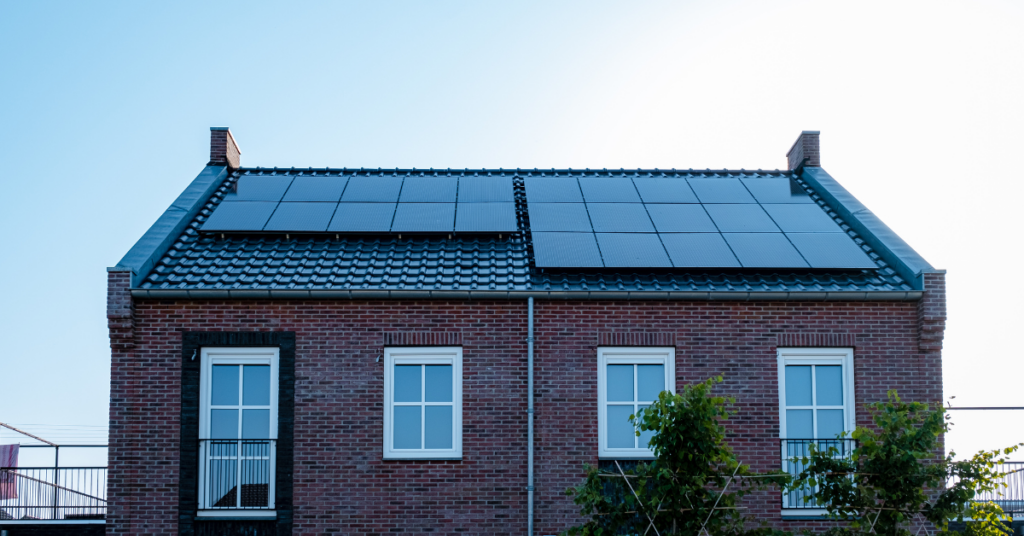
Additionally, investing in alternative energy sources like solar panels or a solar generator as a home backup system can provide self-sufficiency and peace of mind.
Extra Tipp
To safeguard yourself and your electronic devices during a storm, it’s wise to unplug all non-essential devices and avoid using electrical equipment. It’s also worth considering an investment in surge protectors. These nifty gadgets can shield your devices from the sudden voltage spikes caused by lightning.
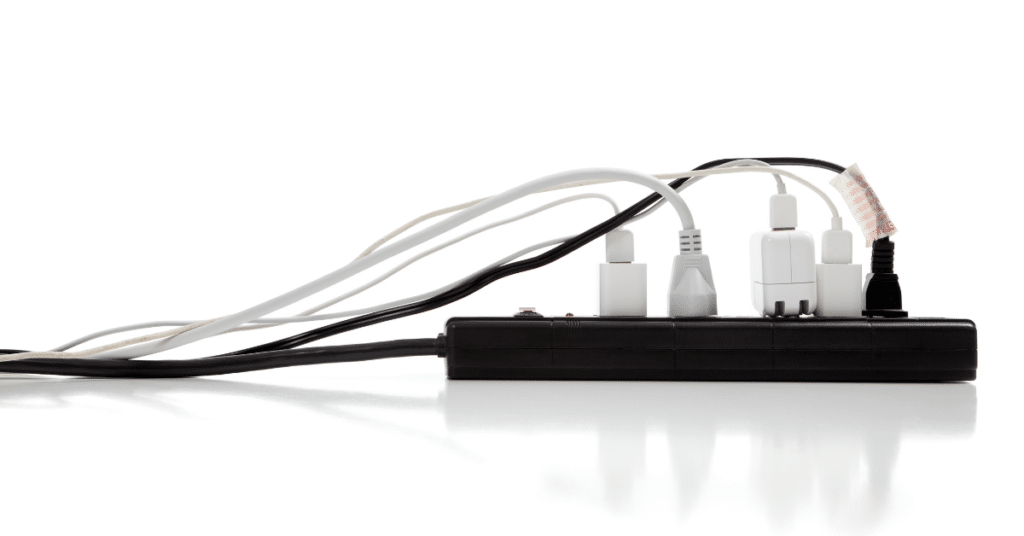
A power surge can be caused by various factors, such as lightning strikes, electrical grid disruptions, or large appliances turning on and off within a home. They can potentially damage electronic devices not protected by power surge-protectors.
The strategies for handling power interruptions are varied, but the key is customizing your preparations to your specific needs and circumstances. In doing so, you’ll ensure that you’re not left in the dark – figuratively or literally – when the lights go out.
My mission is to empower readers with all the power of knowledge and tools necessary to weather any power interruption or power outage scenario confidently.
We got a whole article about Preparing For Power Outages, if found the interest in it then it’s a pleasure for us if you check it out!
Real-World Examples
Throughout my journey into emergency preparedness, I’ve discovered countless real-world examples of complete power loss that underline the severe consequences of power grid disruptions. Historical occurrences and recent events highlight the need for sturdy infrastructure, emergency plans, and the power of being prepared. They’re not just stories; they’re our guides in navigating the sometimes unpredictable world of electricity.
Take for instance, the Great Northeast Blackout of 1965, which plunged over 30 million people across the United States and Canada into darkness.
Fast forward to 2019, and we see the California Shutdown implemented as a preventative measure against wildfires during high wind conditions. These blackouts affected millions and sparked heated debates about the governance of power grids.
On the other hand, brownouts, though less intense, can still generate significant effects on the utility grid.
Consider countries like India, with a rapidly expanding demand for electricity. They’ve weathered widespread brownouts, disrupting industrial production and affecting the lives of millions of citizens. These incidents shine a spotlight on the intricate balancing act needed to manage an electrical grid and the fallout when that equilibrium is disrupted.
The power of these examples lies not just in their magnitude but in the lessons they teach us about readiness and resilience. By scrutinizing these events, we gain a deeper understanding of the potential reach of power disruptions and the critical need for sturdy infrastructure and emergency plans.
We listed some of the Majors Power Outages in the U.S. here, if you need more historical events to start preparing.
As a staunch advocate for knowledgeable and ready communities, I firmly believe disseminating these stories is essential for learning and upgrading our responses to future power disruptions.
Staying Informed and Ready
Diving into the world of brownouts vs blackouts, it’s clear that these are more than mere inconveniences. They’re wake-up calls, reminding us of our reliance on a stable power supply and the need for proactive measures.
I hope this article lights a fire (figuratively, of course) under everyone to treat emergency preparedness with the seriousness it deserves. Even with temporary power outages or rolling blackouts, these power failures can damage sensitive electronics.
By staying informed about potential risks of power emergencies and taking proactive steps like assembling emergency kits, having portable power stations ready, investing in backup power sources and protection against power surges, and establishing a communication plan, we can navigate power interruptions confidently.
I urge everyone to use the information here as a launching pad for their own preparedness journey. Whether you’re dealing with a brownout or a blackout, being ready can make a world of difference. Check out more Tips For Power Outages.
Let’s pledge to stay informed, be prepared, and ensure that our homes and communities remain resilient in the face of any power interruption.
No matter what the grid decides to do.
